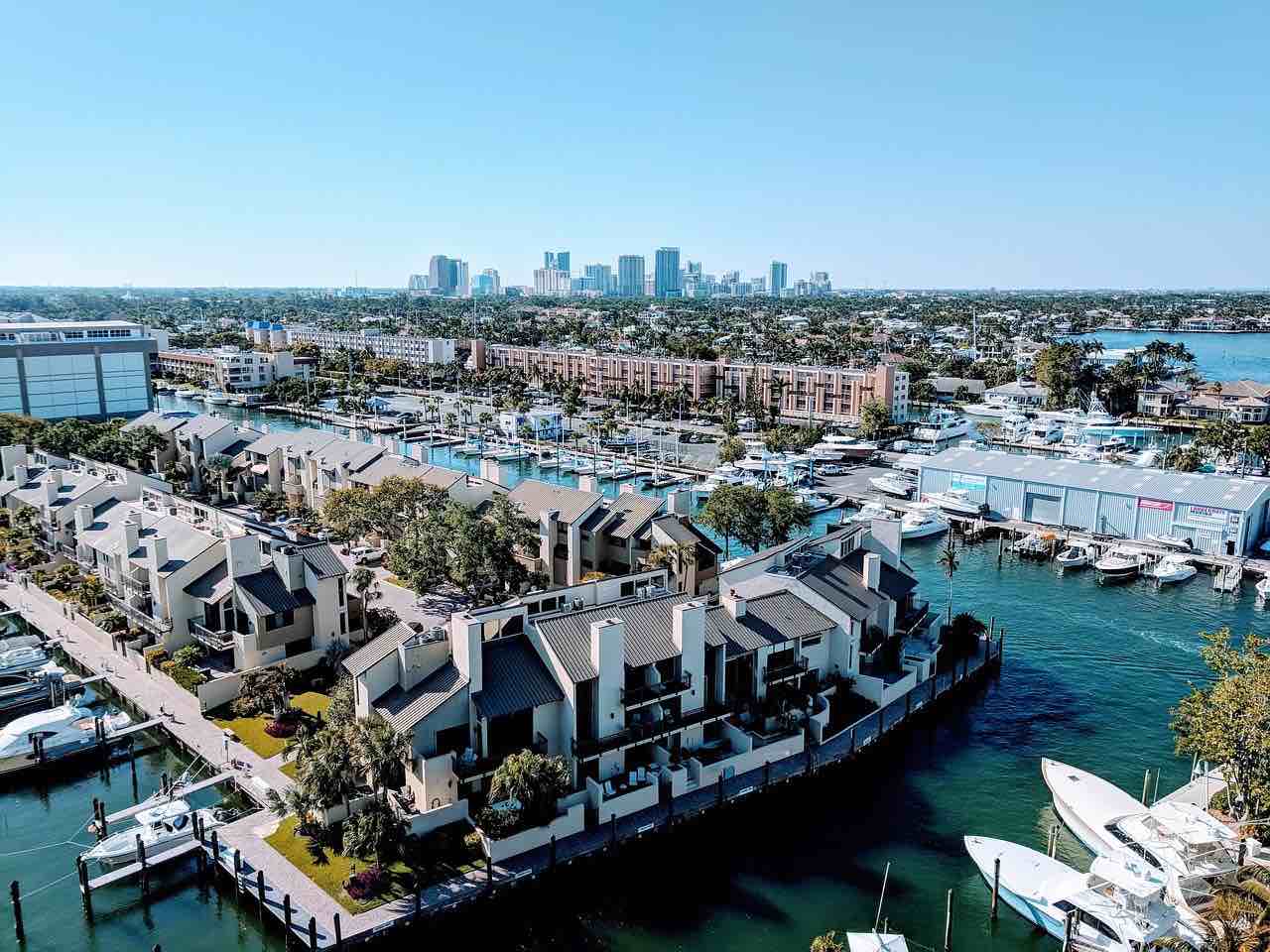Thinking of dipping your toes in the real estate market in the next few months? Many home buyers and sellers alike put their plans on hold during the COVID-19 pandemic. However, with a new year comes new incentives for both buyers and sellers. One huge trend shaping the market currently? Vaccine distribution. Last year, top real estate agents predicted the vaccine would be one of the top factors shaping the market in the coming year. While early reports in 2021 suggest the impact hasn’t been as impressive as expected, ongoing vaccine distribution may soon alter market conditions in your area.
So long as you have a top real estate agent on your side, you should have no problem buying or selling your home. Nevertheless, it’s always important to educate yourself on the trends that may become more and more prevalent in the next few months.
The seller’s market continues and home prices rise
Despite many real estate agent’s hope that vaccine distribution would encourage more sellers to the market — and, in doing so, increase inventory — the seller’s market has only become more prevalent.
According to top real estate agents surveyed in HomeLight’s Spring 2021 Survey, 97% of real estate agents noted market conditions in their areas pointed towards a strong seller’s market. This is up from 77% when asked the same question in February 2020.
Demand for homes remains strong, while sellers remain wary to join the market. This has caused the price of homes to soar as well — a trend that will likely carry into the next 6 months.
So what’s causing the surge of buyers? There’s many answers to this question, as just as it is a favorable time to sell your home, it’s also a favorable time to buy. Here are two of the main factors drawing buyers to the market:
- Low mortgage rates make home costs more affordable
- Remote work / school encourages relocation
Mortgage rates may have risen in recent weeks, but they’re still drastically low in comparison to normal market conditions. Some prospective buyers are more than willing to deal with low inventory and the increase in bidding wars to take advantage.
In addition, remote work and schooling has encouraged a wave of relocations. This may only increase in the coming months, as summer is always a popular time for parents to move. However, many real estate agents believe the vaccine distribution may eventually close the gap between supply and demand.
Vaccine distribution leads to differing market effect
While 50% of real estate agents predicted vaccine distribution would encourage more sellers to the market back in 2020, this hasn’t seemed to be the case so far, as only 22% of agents nationally claimed vaccine distribution is affecting their market.
However, this percentage increases in regions with higher vaccination rates. For example, the Northeast — one of the only places with several states where the total population given at least one shot exceeds 25% (as of mid-March) — comes in well above the national average. In the Northeast, 31% of real estate agents claim the vaccine distribution has made an impact on their market.
This may indicate that vaccine distribution will have a more drastic impact as distribution rolls out even further. Theoretically, the higher the rate of vaccine distribution in an area, the larger the effect on the market.
Within the markets where the vaccine is starting to have an impact, 53% of agents claim that sellers are still hesitant to list their homes, while vaccine distribution has only increased buyer demand. This indicates that the vaccine distribution will likely fuel both supply and demand, however we likely won’t see this supply ramp up until later in the year.







